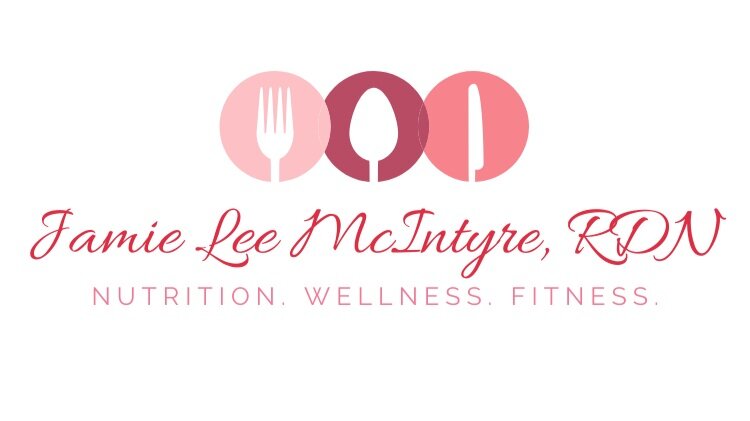Do I need a protein powder or shake?
Walking through the grocery store you’ll see many types of protein powders, and there seems to be one for everyone. But the question is, do you really need it? While whey protein isolate powders are the most common, soy, pea and brown rice proteins, as wells as collagen, can also be found on the shelves. Let’s break it down.
There are times when protein needs may be increased from baseline. For example, a growing teenager, a pregnant or breastfeeding mother, an athlete, a person increasing their physical training for muscle gains, and certain medical conditions like burn victims and those on dialysis. The average adult needs 0.8-1g of protein per kilogram of body weight per day. Simply adding a protein powder into your daily meal plan will not automatically cause weight loss (which is the result of a calorie deficit) or muscle gain (which is a result of muscle use and repair). A mistake many people make is adding in a protein shake upwards of 300-600 calories for a simple 30 minute work-out. This can actually assist in weight gain, as opposed to weight loss, as the consumption of calories can easily be more than the calories burned during exercise.
On the other hand, there are times when a protein shake can be helpful, if done right, even for those of us who do not have increased protein needs. Here are some scenarios:
1) When you’re short on time and tempted to skip a meal.
It is always better to SIP than SKIP a meal. But, just like with any meal, it is important to make sure you are including 1 serving from 3-4 different food groups. Try making a smoothie with ¼ cup rolled oats (grain), ¾ cup frozen banana (fruit), 1 scoop of chocolate protein powder (providing no more than 15g protein), and 8oz low fat milk (dairy) for a quick and filling meal replacement.
2) Having an intense workout, but your next meal isn’t for several hours later.
Protein is most effective when consumed within half an hour of your work out as this is when the muscles are at their most sensitive for protein synthesis. Consuming 20-25 grams of protein within this time frame can help with recovery and muscle soreness. Stick to a nutrition composition similar to a snack. Here’s an example: Blend 1 scoop of vanilla protein powder (or the equivalent of 20-25g) with 8oz unsweetened almond milk with ½ cup berries for a total of 240 calories, 25g protein, 10g carbohydrate.
3) Lacking an appetite for a full meal, but enjoys sipping something tasty.
Often, people complain that even though they know breakfast is important, they just don’t feel a nagging hunger first thing in the morning. This is ok, and a homemade shake is a good alternative. Don’t have protein powder on hand? No problem, try 6oz nonfat Greek yogurt (or silken tofu for a vegan version), blended with 8oz unsweetened coconut milk, 1 tbsp flax seed, ¾ cup frozen mango, and 2 cups baby spinach for green fruity wake up call.
Alternatives to protein powder
Many supplement and protein powders contain added ingredients that are not essential, or even detrimental, like added sugar, herbs and artificial sweeteners. It is important to read labels to make sure that you aren’t overdosing on any one particular nutrient. Selecting a powder with limited ingredients is one way to do this. But buyers beware: Protein powder is not NECESSARY if you have access to a balanced diet. It is wise to instead spend your money on WHOLE foods. It is possible, and even quite easy, to get adequate protein from whole foods throughout the day. Just take a look at the list below to see how foods add up!
One large egg contains about 8 grams of protein
A 1 cup serving of cow’s milk provides 8 grams of protein
One serving (about 12) of almonds contains about 6 grams of protein
Half a cup of dry oats contains about 13 grams of protein
A 5-6 ounce container of Greek yogurt contains about 18 grams of protein
A 3 ounce serving of skinless chicken breast, turkey, or fish has about 25 grams of protein
A half cup of cooked quinoa has about 8 grams of protein
One cup of lentils has about 18 grams of protein
Half a cup of Brussels sprouts has about 2 grams of protein
A cheese stick provides 8 grams of protein
2 Tbsp peanut butter has about 8 grams of protein
6 ounces serving of cottage cheese provides 18 grams of protein
A ¾ cup of beans provides about 21 grams of protein
A 3 ounce serving of firm tofu contains 10 grams of protein
So as you can see, protein powder can be helpful, but is not needed so long as an individual is eating a variety of healthy foods comprising an overall balanced diet.


